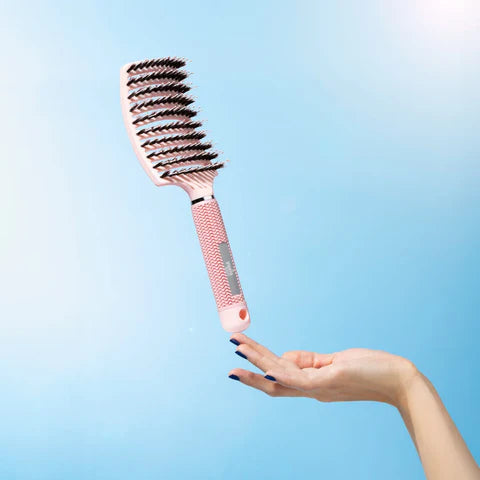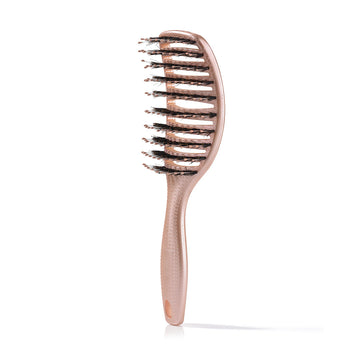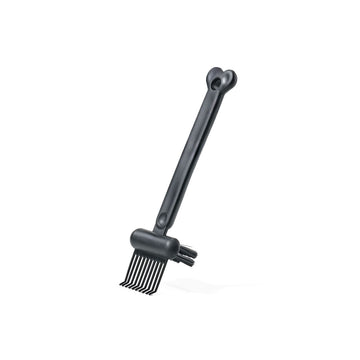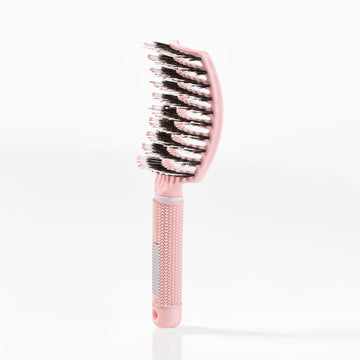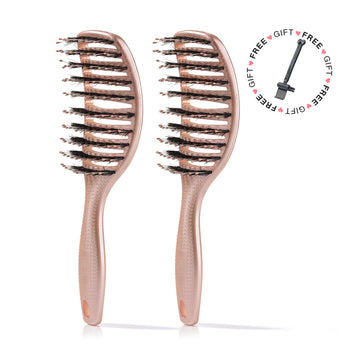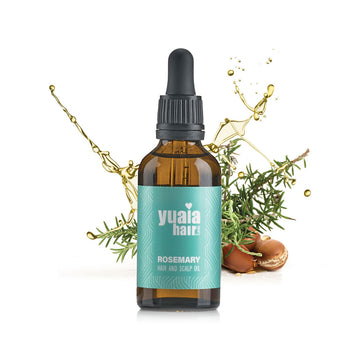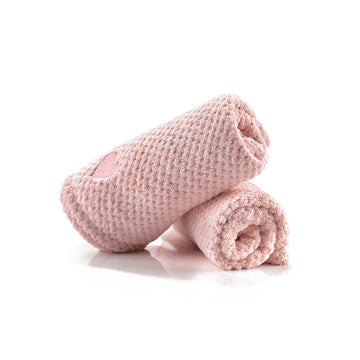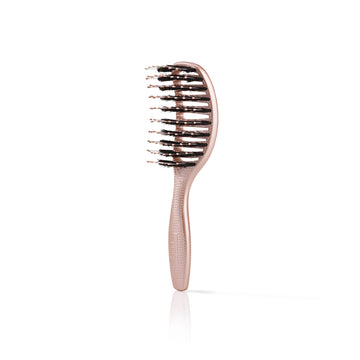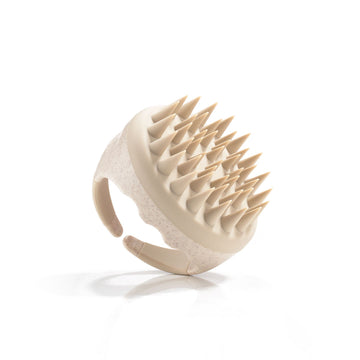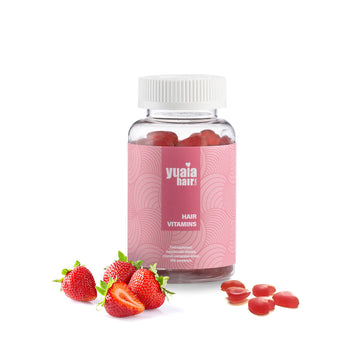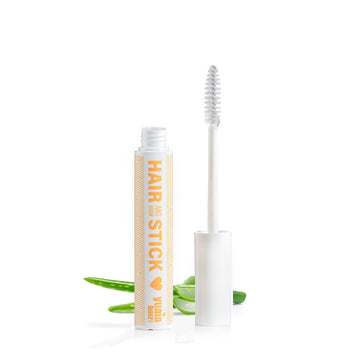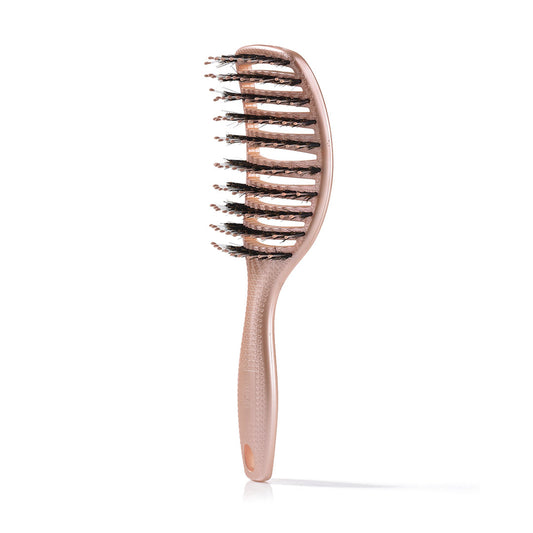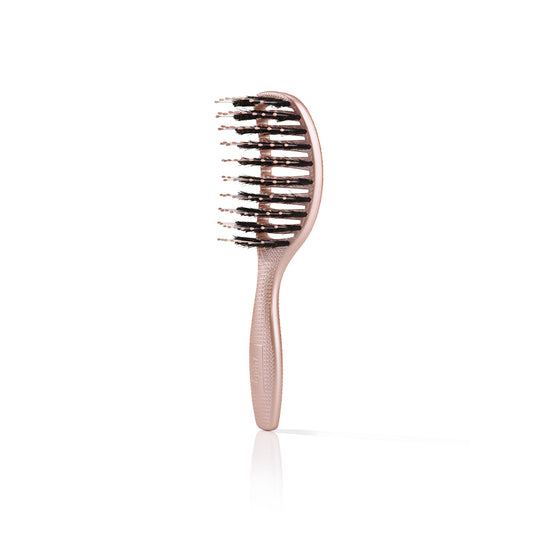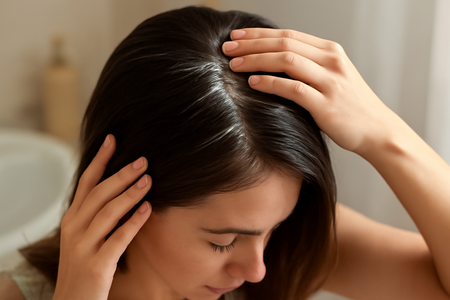
Tailored detox frequency: finding your perfect schedule
Determining the optimal frequency for detoxing your scalp hinges on understanding your unique scalp type and lifestyle. Each scalp type has distinct needs, and aligning your detox routine with these can significantly enhance hair health.
- Oily scalp or heavy product use: For those with an oily scalp or who frequently use styling products, detoxing once a week or every 2–3 weeks is advisable. This regularity helps manage excess oil and product buildup, maintaining a balanced and clean scalp environment.
- Dry or sensitive scalp: If your scalp is dry or sensitive, less frequent detoxing is beneficial. Aim for a detox every 6–8 weeks or once a month to prevent stripping away essential moisture and to keep your scalp comfortable and irritation-free.
- Normal scalp: A normal scalp can benefit from a detox every 3–4 weeks, extending up to every 6–8 weeks. This moderate schedule supports a healthy scalp without over-cleansing.
Lifestyle factors such as exposure to pollution or frequent use of styling products also play a role in determining detox frequency. Adjusting your routine based on these elements can help maintain optimal scalp health.
DIY vs. professional treatments: which is right for you?
Choosing between DIY scalp detox methods and professional treatments depends on personal preference, budget, and desired results. Both approaches have unique advantages and can be tailored to fit your needs.
DIY methods offer the convenience of at-home care with products like clarifying shampoos, exfoliants, and scalp masks. These methods are ideal for regular maintenance and can be customized to suit your scalp type. For instance, our rosemary hair oil can be used as part of a DIY routine to nourish and cleanse the scalp, promoting healthy hair growth.
On the other hand, professional treatments provide a more intensive detox experience. Spa treatments often include deep cleansing and personalized care that can address specific scalp concerns more effectively. These sessions can be particularly beneficial if you're dealing with significant buildup or require a customized approach to scalp care.
Whether you choose a DIY approach or professional treatment, ensuring that your scalp receives the care it needs is key to maintaining hair health.
How to perform a DIY scalp detox at home
Performing a DIY scalp detox at home can be a simple and effective way to maintain scalp health. Here's a step-by-step guide to help you achieve a thorough cleanse:
- Preparation: Start by brushing your hair to remove any tangles and distribute natural oils. The Curvy Brush is ideal for this task, as it helps to evenly spread the oils while gently detangling.
- Cleansing: Use a gentle, sulfate-free shampoo to cleanse your scalp. Apply the shampoo directly to your scalp and massage it in circular motions to lift away dirt and buildup. Rinse thoroughly with lukewarm water.
- Exfoliation: Consider using a scalp scrub to exfoliate dead skin cells and further remove buildup. Apply the scrub to your scalp and massage gently. Rinse well to ensure no residue is left behind.
- Nourishment: Follow up with a nourishing treatment like our Rosemary Hair Oil. Apply a few drops to your scalp and massage it in to promote blood circulation and nourish the hair follicles.
- Rinsing: Finish with a cool rinse to close the hair cuticles and add shine to your hair.
By following these steps, you can effectively detox your scalp at home, promoting a healthier environment for hair growth.
FAQs: Addressing common concerns
Can detoxing too often harm my scalp?
Yes, detoxing too frequently can strip your scalp of its natural oils, leading to dryness and irritation. It's important to tailor your detox routine to your scalp type and avoid over-detoxing, especially if you have a dry or sensitive scalp.
What are the signs that my scalp needs a detox?
Common signs that your scalp may need a detox include persistent greasiness, itchiness, dullness, and flaking. These symptoms indicate a buildup of products or oils that a detox can help remove.
How can I maintain scalp health between detoxes?
To maintain scalp health between detoxes, regular brushing is essential to distribute natural oils and prevent buildup. Using a brush like the Curvy Brush can enhance this process, ensuring your scalp remains balanced and healthy.
 2-4 day UK delivery
2-4 day UK delivery
 25.000+ satisfied customers
25.000+ satisfied customers
 Satisfaction Guarantee
Satisfaction Guarantee





